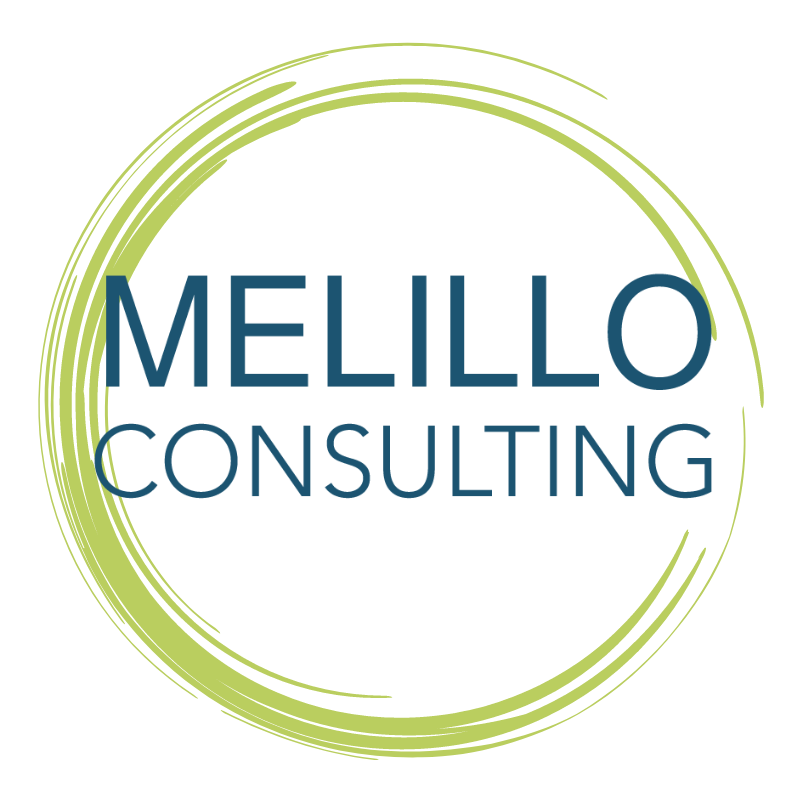- Rick Catalano, Senior Solution Architect
- linkedin.com/in/rcatalano
- September 7, 2023

We recently consulted with an architectural firm that had discovered something interesting while working on a multi-site project for a large healthcare organization. Another construction team was able to remotely reach their offices to make on-the-fly updates as they saw changes required in the field – why couldn’t the architects do the same?
We recently upgraded over 300 high-end workstations for the firm to provide support for CAD graphics as well as standard Windows Office apps. Rather than haul that kind of expensive and sensitive hardware into the field, Melillo recommended that the client use virtual desktop infrastructure (VDI) to enable their architects to remotely access their desktop working environment and applications from any type of notebook or desktop. This would be hosted by a series of 14 Dell PowerEdge servers located in their data center.
Leveraging the Dell PowerEdge servers, Melillo designed a solution that allowed the architects to work on complex designs and drawings while in the field, eliminating wasted travel time to the office. This solution provided several immediate benefits. Architects could now discuss the impact of changes in real time with the contracting and construction teams.
The IT team was able to remotely manage the PowerEdge Server Technology using Dell OpenManage – a systems management console that enables centralized management. The console offered more than simple remote management. Their IT team and ours now had the tools necessary to help to discover, deploy, monitor, manage, and update the PowerEdge servers and easily implement automation of routine management tasks.
Finally, the cost savings of the PowerEdge servers outweighed the cost of unnecessarily replicating workstation hardware and software.
From my perspective, this was a textbook case of how we like to see a project move forward. There are essentially three steps to selecting and deploying the right technology solution and this project was no different:
- Requirements. We begin with requirements gathering. What is the client trying to accomplish? What are their obstacles? What are the requirements for application performance, technology budget, and supply chain? This last can often mean the difference between choosing one technology over another based on which is available to meet a project deadline.
- Technology. Next, we review the available hardware portfolio to see what technology will best meet all their requirements. In the case of the architectural firm, there was a list of products that could fit the bill, but we wanted to narrow it down to our recommendations for good, better, best. I prefer to limit it to better and best which are usually our top two choices that will offer the optimal ability to achieve the client’s goals. Often the difference between these choices is a small technical detail that doesn’t matter as much in the grand scheme.
- Delivery. Finally, we discuss how we plan to deliver the technology. When will this be delivered? Where will this be installed? What is the rollout timeline for deployment? Who will be involved? What new obstacles will we need to consider – holidays, PTO, availability?
As we went through this process, the Dell PowerEdge servers met the requirements that we had developed together. PowerEdge servers are reliable, efficient and offer great value for the price. And since Dell offers a wide range of server options, we can work with our customers to select the right model to meet a specific technical or budgetary need.
As senior solutions architect I am always focused on the client’s desired business outcomes and the best way that my team and I can develop technical solutions to meet those objectives. Our job is to step in and narrow an overwhelming technology selection based on our criteria gathering exercise. Since Dell has segmented their server portfolio to deliver the right combination of technology and capabilities to address unique compute and workload needs, Melillo has been able to leverage this wide range of server solutions to select the right server platform to meet a customer’s business needs.
For example, in this case where we wanted to handle VDI for CAD and Office apps, the latest generation of PowerEdge servers was the right fit. It enhances both business agility and time to market, with the ability to support transformational workloads such as databases and analytics, virtualization, software-defined storage, VDI, containerization, HPC, AI, and ML. Plus, the Dell approach to security is intrinsic by nature – it is built in, not bolted on. Security is integrated into every phase of the PowerEdge server lifecycle – from design to manufacturing, use, and end of life.
One client requirement we’re hearing about lately relates to hardware sustainability. Dell’s answer to this is to include materials like tree-based bioplastic, reclaimed carbon fiber and recycled aluminum. The company is also exploring recycled steel and sourcing more closed-loop material from product returns via their Asset Recovery Services. Today, PowerEdge products contain up to 35 percent recycled plastic with a 2030 goal of all packaging being made from 100% recycled or renewable materials.
We do our best to anticipate our customers’ infrastructure needs before they realize them. That’s also why the Dell technology portfolio makes sense for many projects. If I know a customer’s long-range IT plans – maybe storage projects or AI and ML – I can make better and more cost-effective recommendations. More than simply the project at hand, the Dell portfolio can keep me in the ecosystem for these later needs as well.

